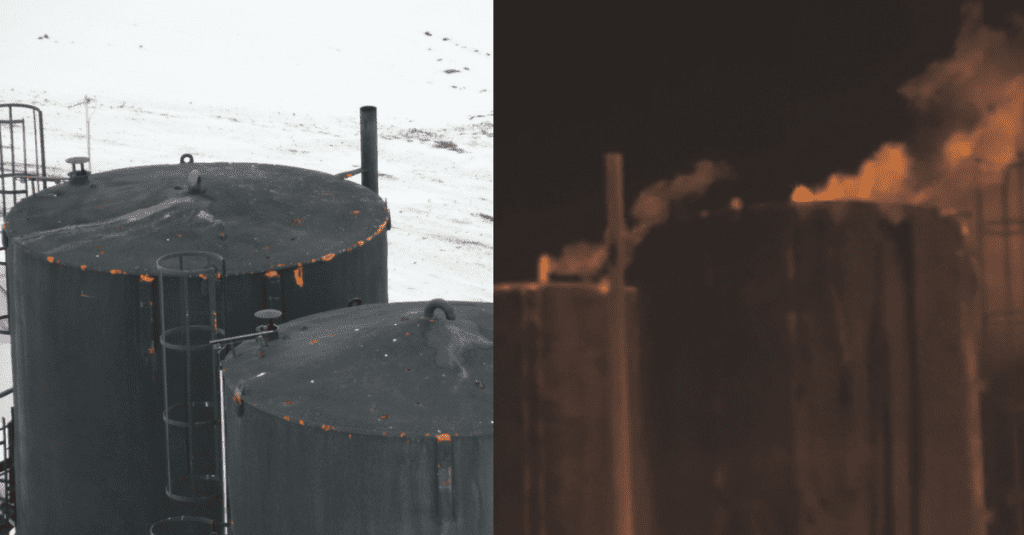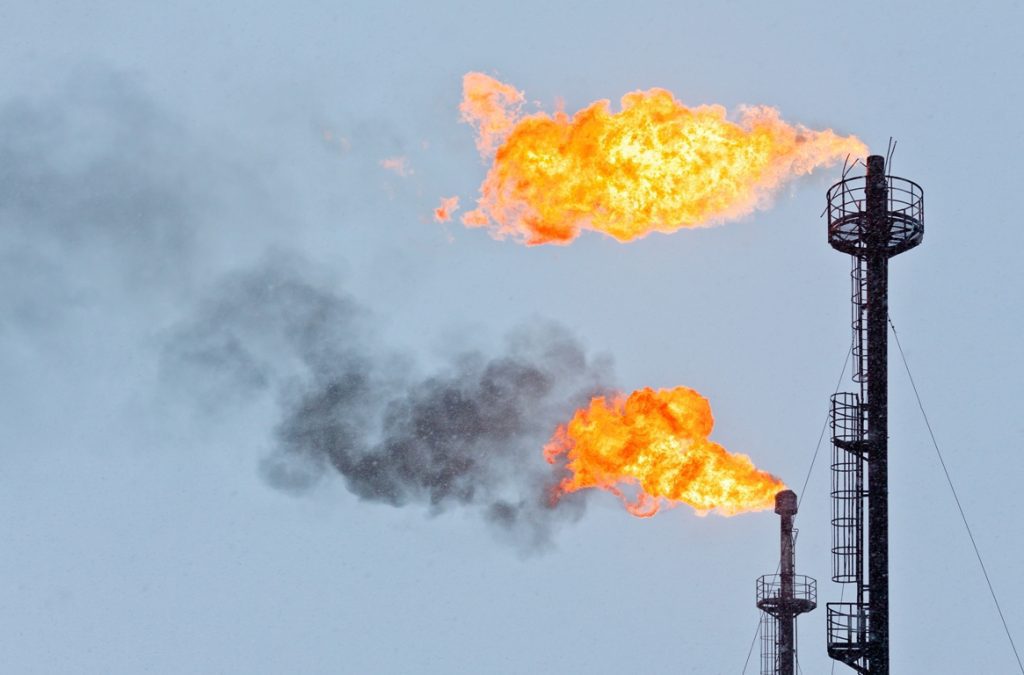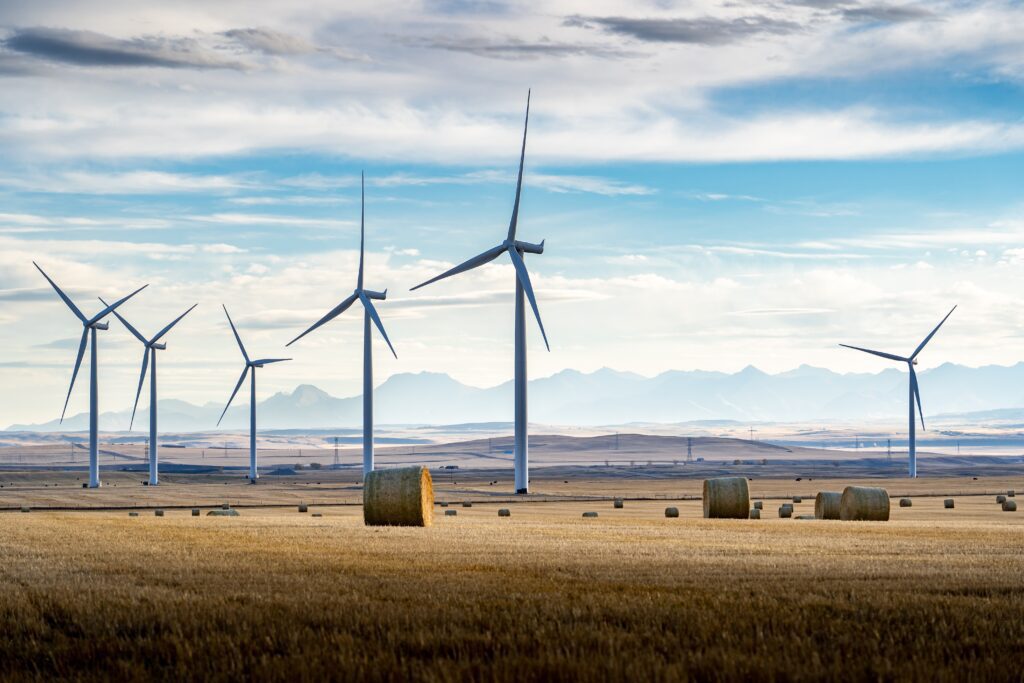New analysis shows that Alberta’s draft methane regulations will achieve less than half of Alberta’s methane reduction goal. In fact, as our joint submission this week to the Government of Alberta shows, Alberta’s draft regulations to reduce methane emissions from oil and gas facilities are significantly weaker than federal ones. If they aren’t strengthened, the feds need to reject them.

If Alberta wants to regulate methane, that’s their choice. But the federal government has to agree to recognize Alberta’s approach as equivalent –meaning that the provincial regulations will produce the same or better environmental protection as the federal regulations. Alberta’s regulations, in their current form, won’t. So the federal government must tell the Alberta government and oil and gas companies in Alberta that stronger rules are required. If Alberta’s draft regulations are not strengthened as they get finalized, then the federal regulations must apply.
The risk is not just that Alberta will not reach its target of reducing methane emissions by 45 per cent. Because Alberta is responsible for a majority of Canadian methane emissions from the oil and gas sector, Canada will also not reach its emission reduction target.
How are Alberta’s methane rules weaker? Here are 5 ways:
- The emission limits per site are ridiculously high: Alberta sets limits on how much methane can be deliberately released, or vented, from every oil and gas site. But Alberta’s vent limits are 12 times higher than the federal ones. In fact, the limit is so high that the most polluting oil and gas facilities—ones that produce heavy oil—would be allowed to increase emissions by 30 per cent on average. To make matters worse, there is a lot of research showing that methane emissions are often much higher than what is being reported, and these regulations won’t address those “hidden” emissions.
- Companies won’t be required to check for leaks very often. All jurisdictions that have methane regulations require companies to find and fix their leaks. The federal regulations stipulate that leak detection and repair must happen three times per year. Research shows that it is very hard to predict where leaks occur, and which sites might be so-called “Super-Emitters” because of large, unpredictable leaks, so regular inspection is important. Alberta’s weak draft regulations require leak inspections with far less frequency and also allow companies to simply use human senses (sight, hearing, smell) to detect leaks. This is a wacky approach since methane is invisible and so can only be “seen” using infrared cameras.

- Alberta’s rules inexplicably exempt some equipment: Alberta has much looser rules on pneumatic devices than the federal government. (Pneumatic devices such as pumps and controllers are used at oil and gas facilities to control the pressure of the system, and the movement of the gas.) Alberta places no restrictions on some types of pumps that are already in place, so they can vent uncontrolled. For newly installed controllers, 10 percent are entirely exempt from the regulations. Neither of these exemptions exists in the federal rules.
- The penalties for infractions are so low, there’s very little incentive for companies to reduce methane emissions: Penalties to oil and gas companies for not complying with the Alberta regulations are much lower than similar penalties for federal regulations. In fact, there would be no minimum penalty for infractions if the Alberta draft regulations are adopted, reducing the incentive for companies to actually follow them. Alberta also allows no mechanism for outsiders to report infractions that then need to be investigated, contrary to federal provisions.
- The Alberta regulations let the oil companies police themselves: Alberta uses a ‘We Trust You’ approach to oil and gas companies, allowing companies to police themselves and report their own emissions. No other country or U.S. state uses this method. The only way this approach could possibly work is if there were strict requirements for measurement, monitoring, and reporting emissions. These don’t exist under Alberta’s draft regulations, despite environmental organizations calling repeatedly for them.

The only conclusion that the federal government can come to, given all this evidence, is that the Alberta draft regulations will not deliver the same reductions in methane emissions. And that means that the federal government must tell the Alberta government to strengthen the draft regulations before they are finalized…or else the federal regulations need to apply to Alberta oil and gas facilities.
With the significant job opportunities and health benefits of reducing methane emissions, and the very low cost of those reductions, letting the Alberta regulations stand would be a failure on many fronts.









